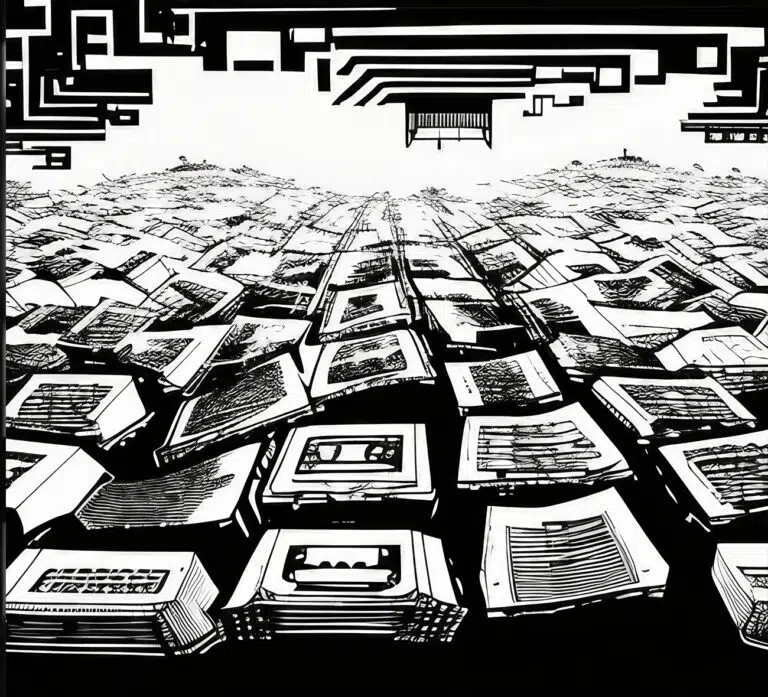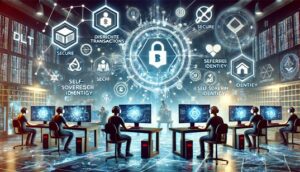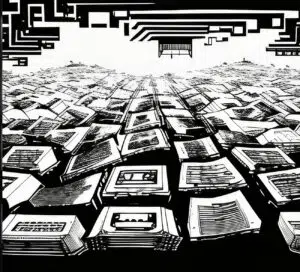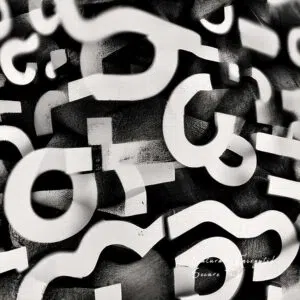Do you believe that you own your NFTs? If so, why?
Our opinion, at NEST®, is that industry standards do not currently provide you any sufficient legal proof of ownership. The concept of digital asset ownership, as it stands today, is fundamentally flawed. The entire methodology for owning your assets online needs reshaping. Allow us to tell you why.
First, what is proof of ownership? In the real world, proof of ownership requires a legal document or title, stating a real person is the current owner of the asset, and a link to said person’s identification. This sets a valid, tangible and legally direct connection between a person and said asset.
How does ownership work in the digital space?
Currently, the digital world’s version of proof of ownership is much more ambiguous. The present industry standard for ownership are primarily based on access. Access to the location of the digital asset acts to represent ownership of a said digital asset. If you own the key pairs associated with a particular wallet address, you by default are believed to then also own the asset(s) inside that wallet. Lose the key pairs, lose the ‘ownership’.
The future Web 3.0 canNOT and will not operate this way.
Let’s make it simple. Property rights are a concept that is a foundational pillar of any developed economy. Property rights incentivize people to accumulate wealth and invest their earnings.
Imagine if, in the real world, the ownership of a house was attributed to the person who holds the house keys. Would there be a genuine claim to these physical assets? No. We have titles and legal documents that state ownership. They link the asset to said owner, in the real world. Holding the keys to another house does not change the house’s ownership status. The digital world should and will operate in the same manner.
Opportunities in the digital economy are increasing dramatically, and with these opportunities, there needs to be actual legal attribution of your assets. Without legal attribution, an individual’s ability to truly engage and financially benefit in the digital and ever increasingly real world becomes severely limited. The future of digital asset ownership then requires a representative identity. It must be one controlled by you and confidentially linked to your owned digital assets and actions. There is an unmet demand for legal digitally secured certifications tied to the asset and your identity. This is real world proof of ownership.
Access does not equal ownership. Possession does not equal ownership.
Understanding the above statements is the first step to solving the ownership problem, it is not the complete solution. If you look at how digital ownership works, issues are multi-faceted. Once you own your digital assets, how do you protect the IP? How do you ensure that you, as the owner, control how your assets are used? A statistic we frequently point to is some 80% of the NFTs on Opensea are deemed to be fraudulent.
Right now, there is little to no protection against someone downloading or screenshotting and reminting your assets on the same or different blockchain protocols. Right now, wherever or however minted, chances are the NFT itself does not state the usage rights – nor is it attached to ‘any one’ in the real world definition.
The solutions we forecast rely on IP asset registrations and AI libraries. Once you can prove you own an digital asset, there must then be associated or concurrent intellectual and copyright protections. Databases that can scan the Web 3.0 ecosystem for people misusing your assets. Every marketplace or protocol should utilize the technology available so as to create and manage libraries of truly secured digital assets. In the case of artwork NFTs, at the time of a minting, the action should trigger a scan of a library of content to ensure the asset does not yet exist.
The process of creating digital assets should more clearly work to protect the real world end-user. We suggest the following:
1. Create and confidentially own a digital identity [SSDID].
2. Initiate the minting of an asset.
3. Scan and update the content database to ensure IP protections and no conflicts against existing assets.
4. Mint the asset, utilizing the blockchain network of choice at the time e.g., Ethereum, Solana, Klaytn, Binance.
5. Generate, encrypt and own the associated legal titles and authenticated provenance proofs of ownership.
6. Have and own the link of that asset and the title of ownership to your confidential digital identity.
7. Control that digital assets encryption and storage across any network until contractually verified sale or movement.
The flow proposed above adds a number of steps into the equation. For real world users, the process of minting should not change dramatically. Facilitating the actions above should be seamlessly facilitated through a single, user-owned protocol and executed across any ecosystem of choice. This all is and must be built to enable users direct, real world ownership-control control of their assets. This will be the future of Web 3.0. A genuine, real world link and control between you and your digital assets. Confidential controls for real people, dealing with real assets. This equates to real ownership, monetization and protection.






